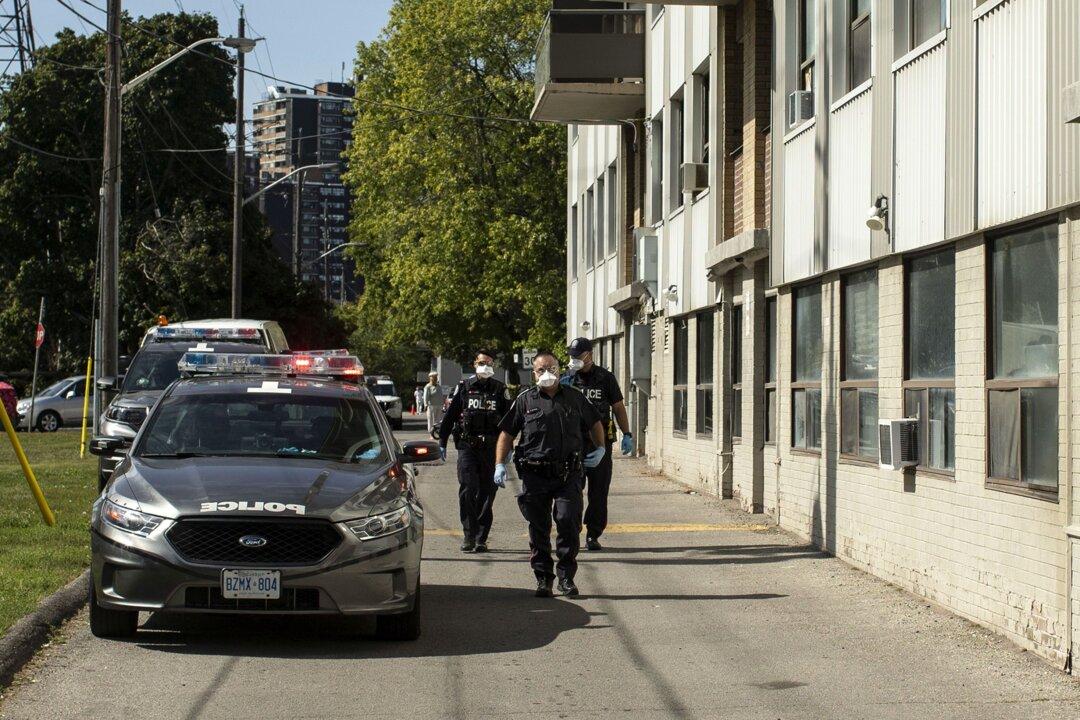The pandemic has undoubtedly been tough for those who have lost their job and can’t afford to pay rent. But it’s also been a struggle for landlords, who not only have to pay mortgages on rental properties but also have to cope with unpaid rent and tenant confrontations.
“We’ve been hearing so many cases where the tenants are having problems, the landlords are having problems, with things such as divorce and depression and the whole stressful situation,” William Blake, and Ontario landlord and an outspoken member of the Canadian Landlords Association (CLA), said in an interview.





